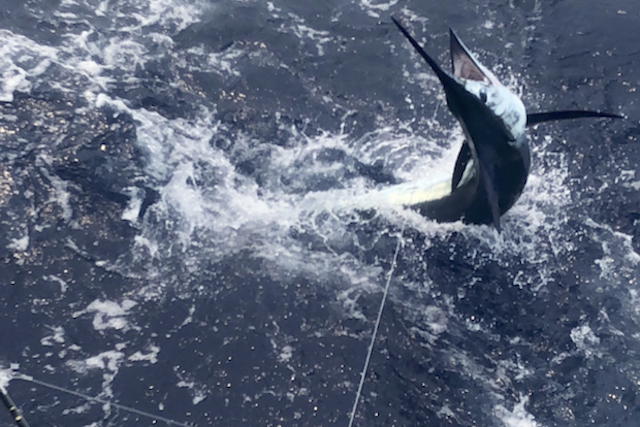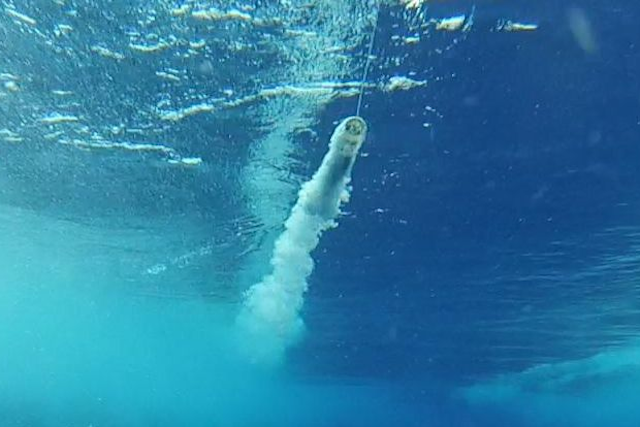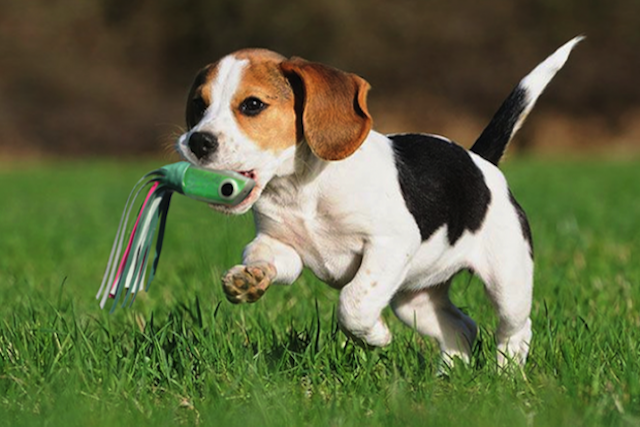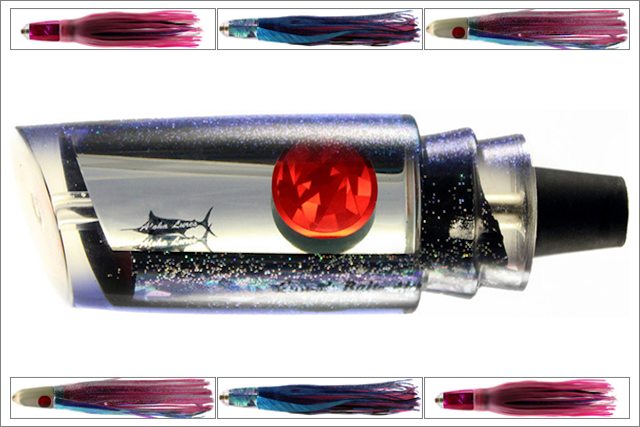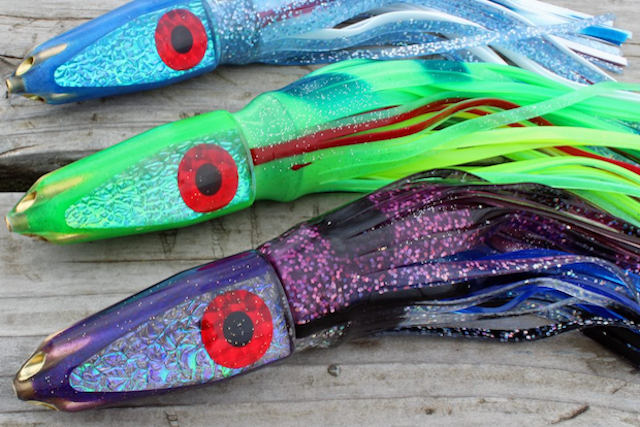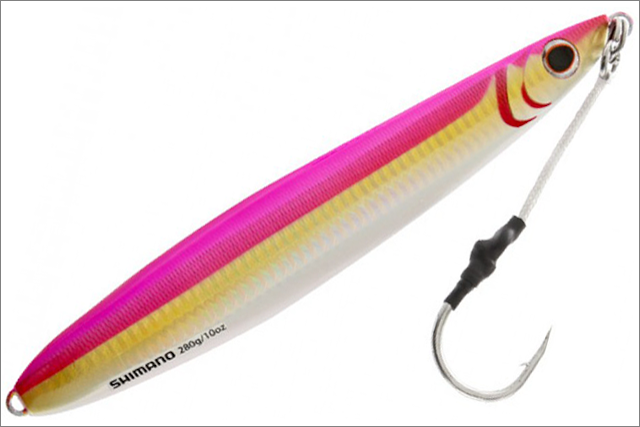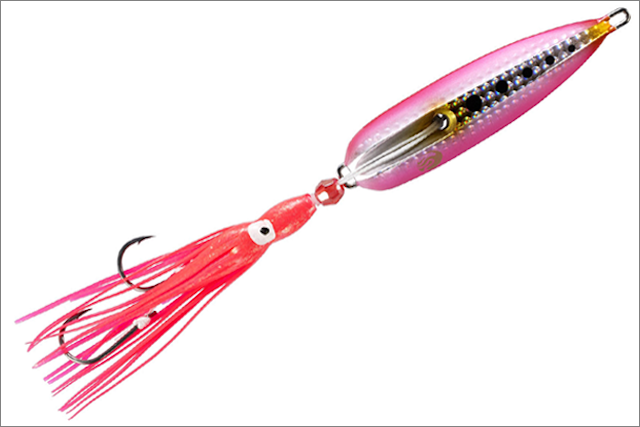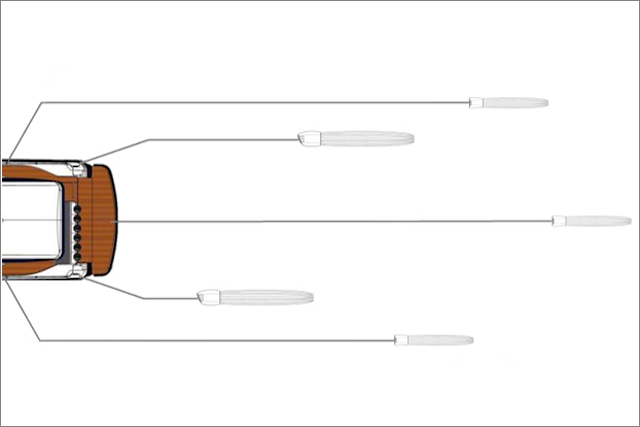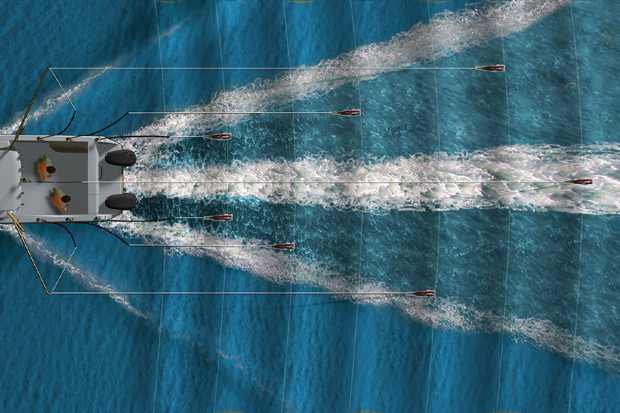
One of the most exciting scenes to watch is a game fish attack on a trolling lure spread behind a boat. This is why lure fishing is so popular. There are several techniques available to increase the frequency of this scene occurring while trolling big game lures. To start, match the trolling lure spread pattern with the size and performance of the boat. Second, optimize the lure pattern for best performance.
TROLLING LURE SPREAD PATTERN
The “spread pattern” is a highly recommended lure patterns for trolling on smaller boats. While this works for boats of any size, it is tailor made for small boats. It produces the optimum spread, so there is only one lure on each wave of the wake. This also reduces the chance of tangles during turns. The starting point for positioning the closest lure to the boat is at either wave two or wave three. Afterwards the lures are evenly staggered from side to side and for distance, one on each subsequent wave in a five lures spread. For example, if you place the short corner lure on the 2nd wave, port side, the next lure should ride the 3rd wave on the starboard side. This also allows you to find out which waves get more bites. Then you can adjust your lure placement to take advantage of your attack experience.
OPTIMIZING FOR SEA CONDITIONS AND SPEED
There are a number of variables that affect the performance of the “spread pattern.” The most basic are the lure distances behind the boat and the wake each lure is riding on. The wake is produced by a combination of the boat’s hull and its propellers. This is specific to the boat’s length and type of propulsion. Once the trolling lure spread is optimized for distance and propulsion, trolling speed and sea conditions come into play. Here are a few tips to help you get the most out of your trolling pattern.
Try varying the distance you position the lures behind the boat. The idea is to keep the first lure close to the boat, and no further back than the third or fourth wave.
The lure leaders should be as high as possible without the lure skipping out. The higher the angle you pull the lure from, the more aggressively the lure will move.
Adjust your trolling speed to get the lures acting more aggressively. On calmer days you may have to troll faster, and on rougher days you may have to slow down to keep the lures in the water.
| More News at Big Game Fishing – Big Game Lure Guide Section |


